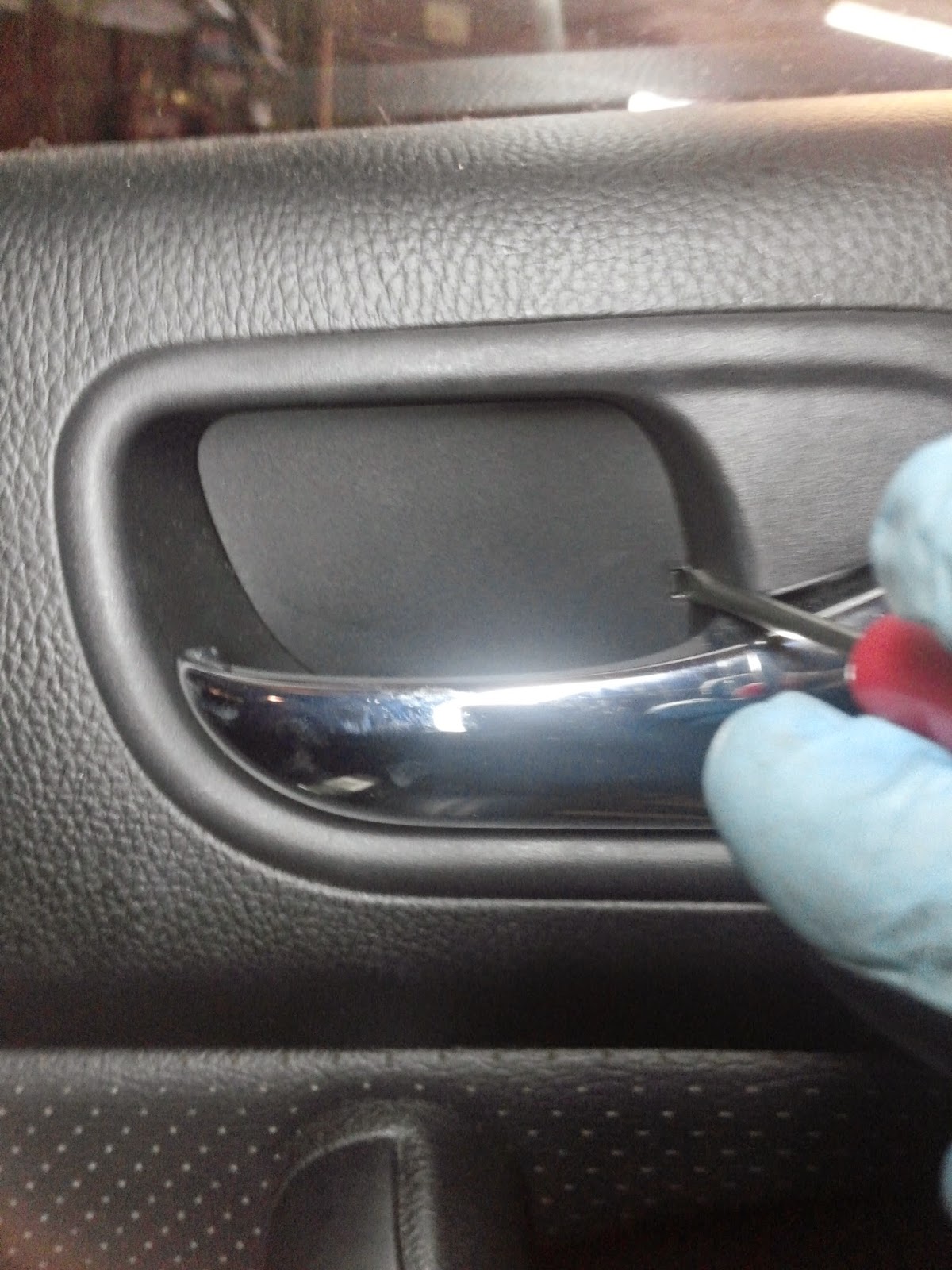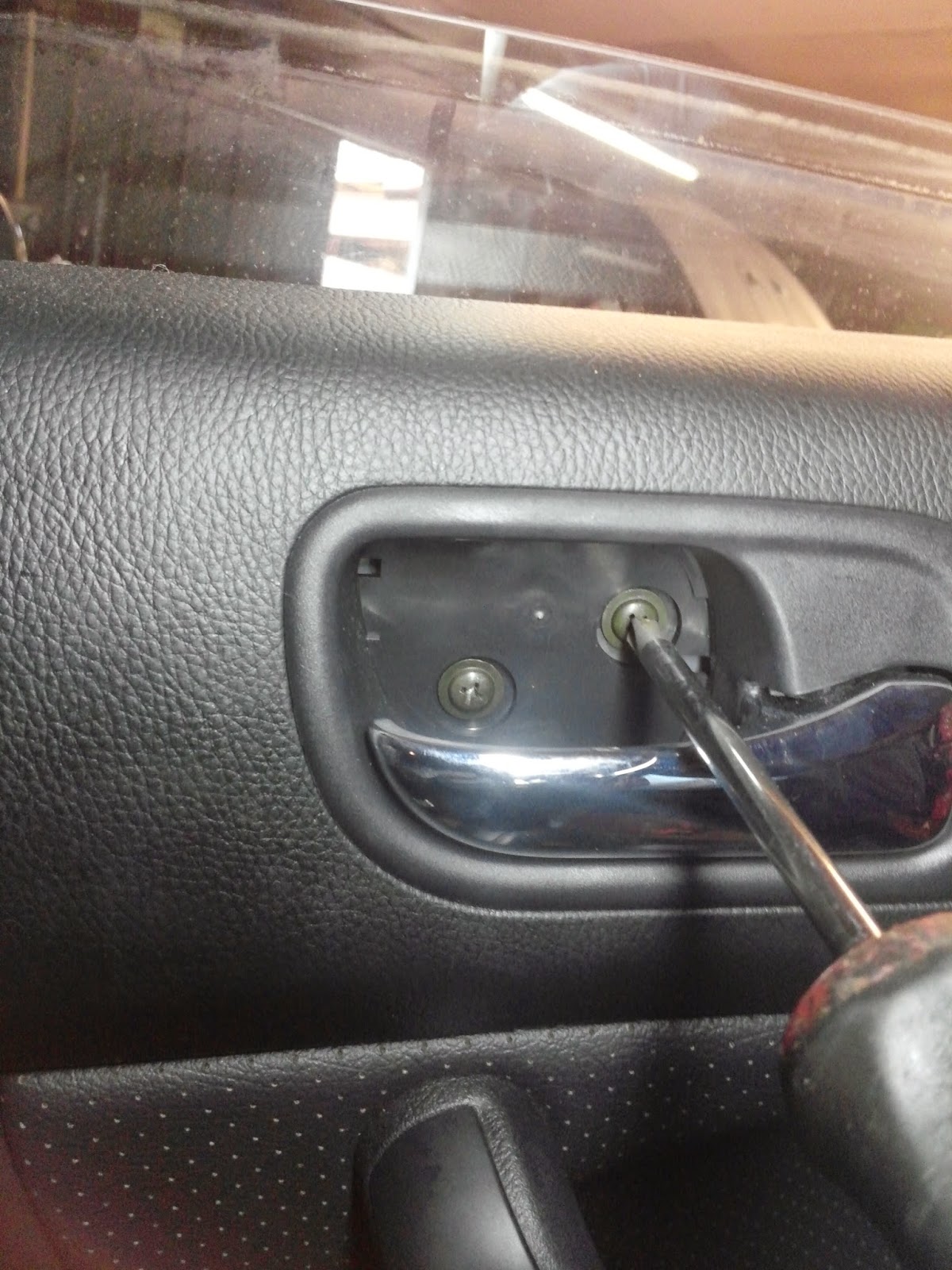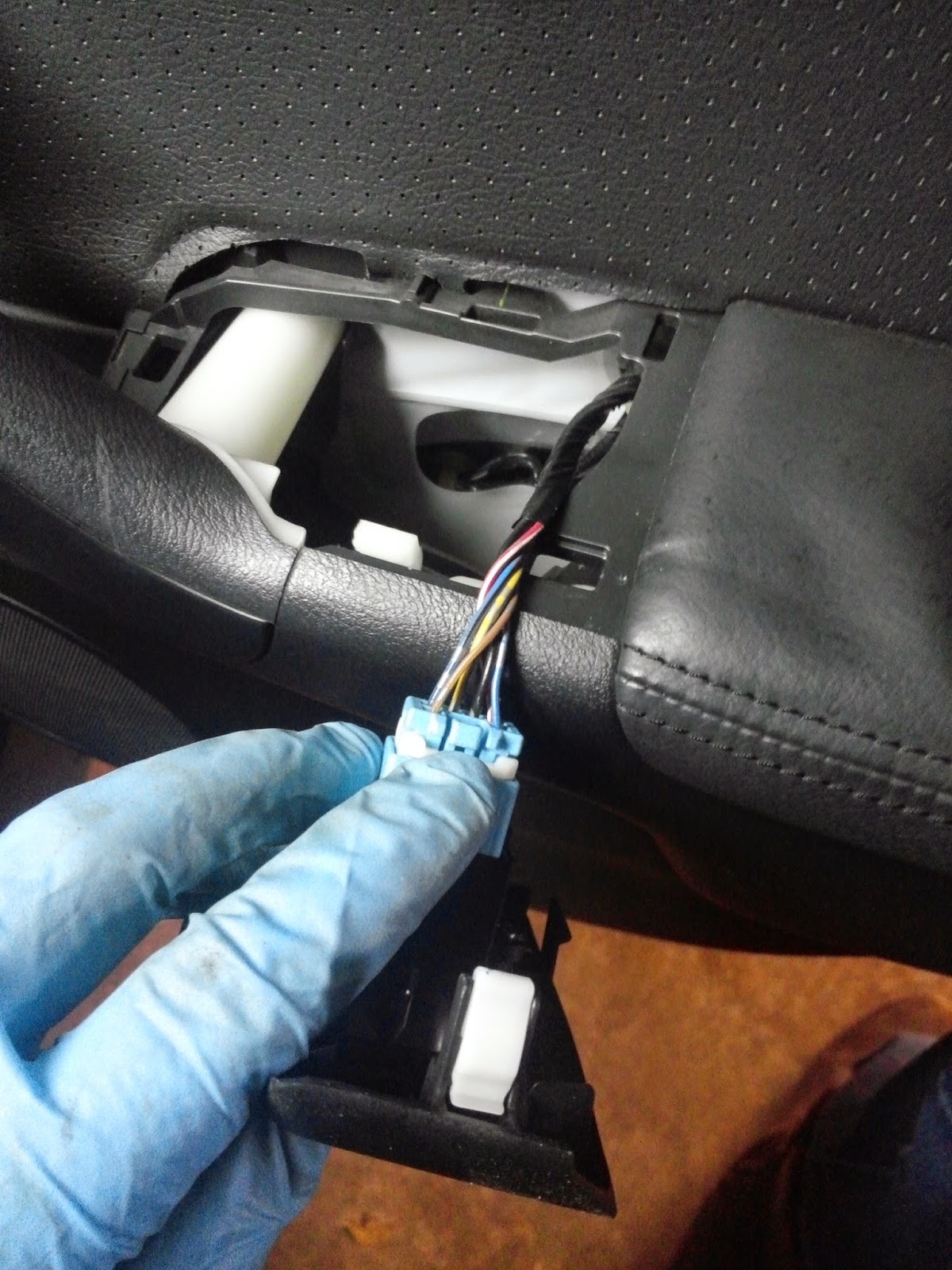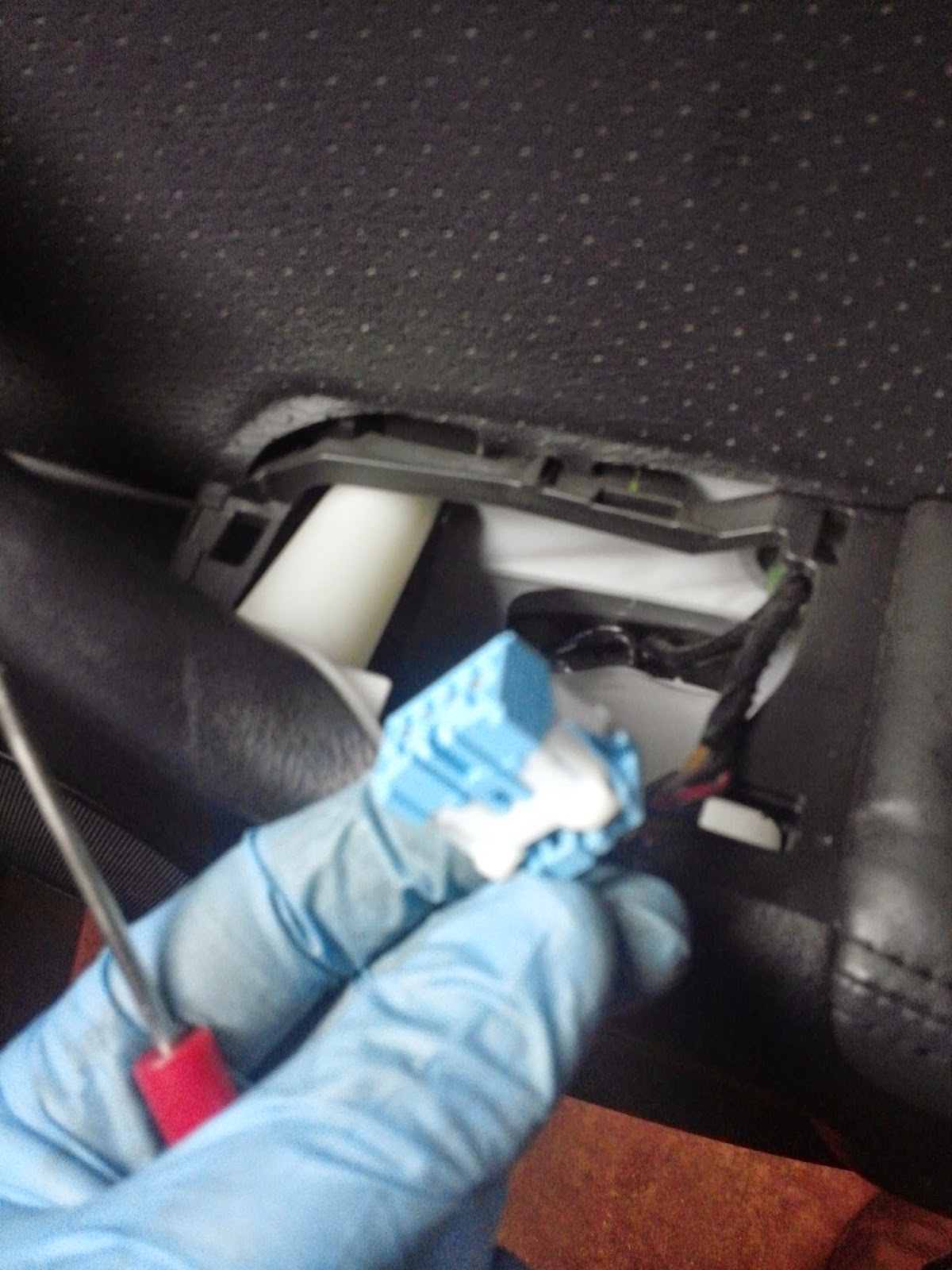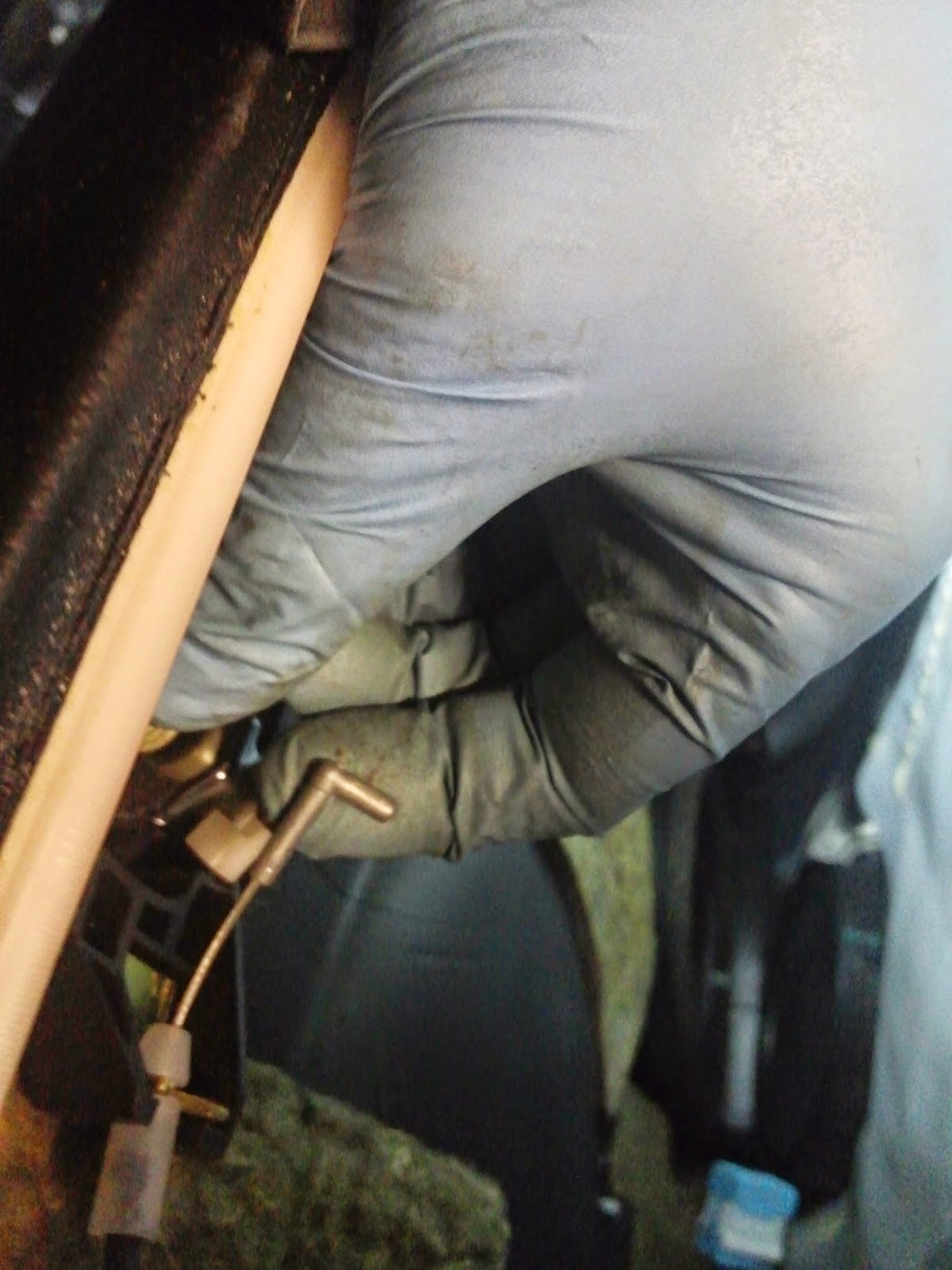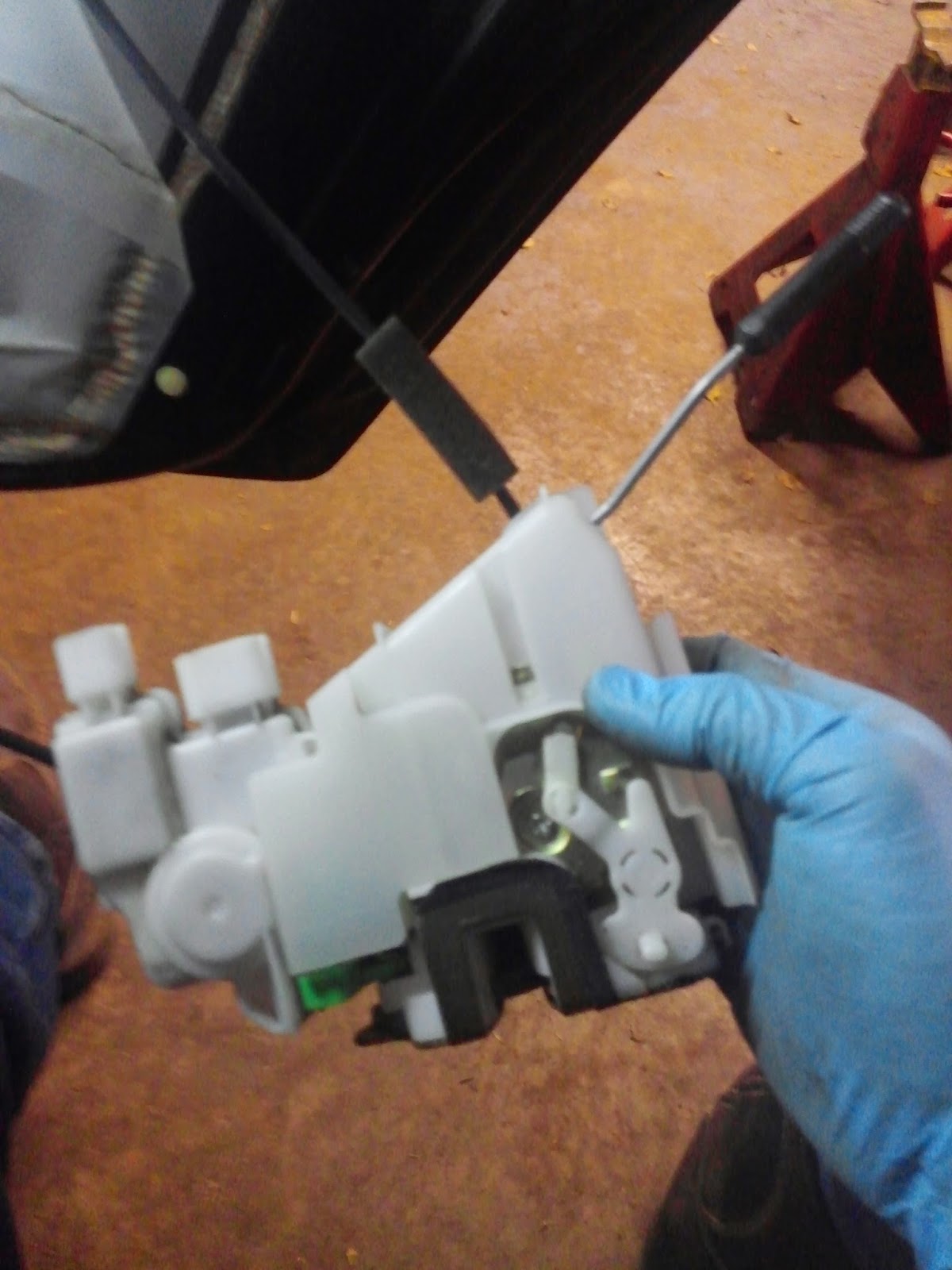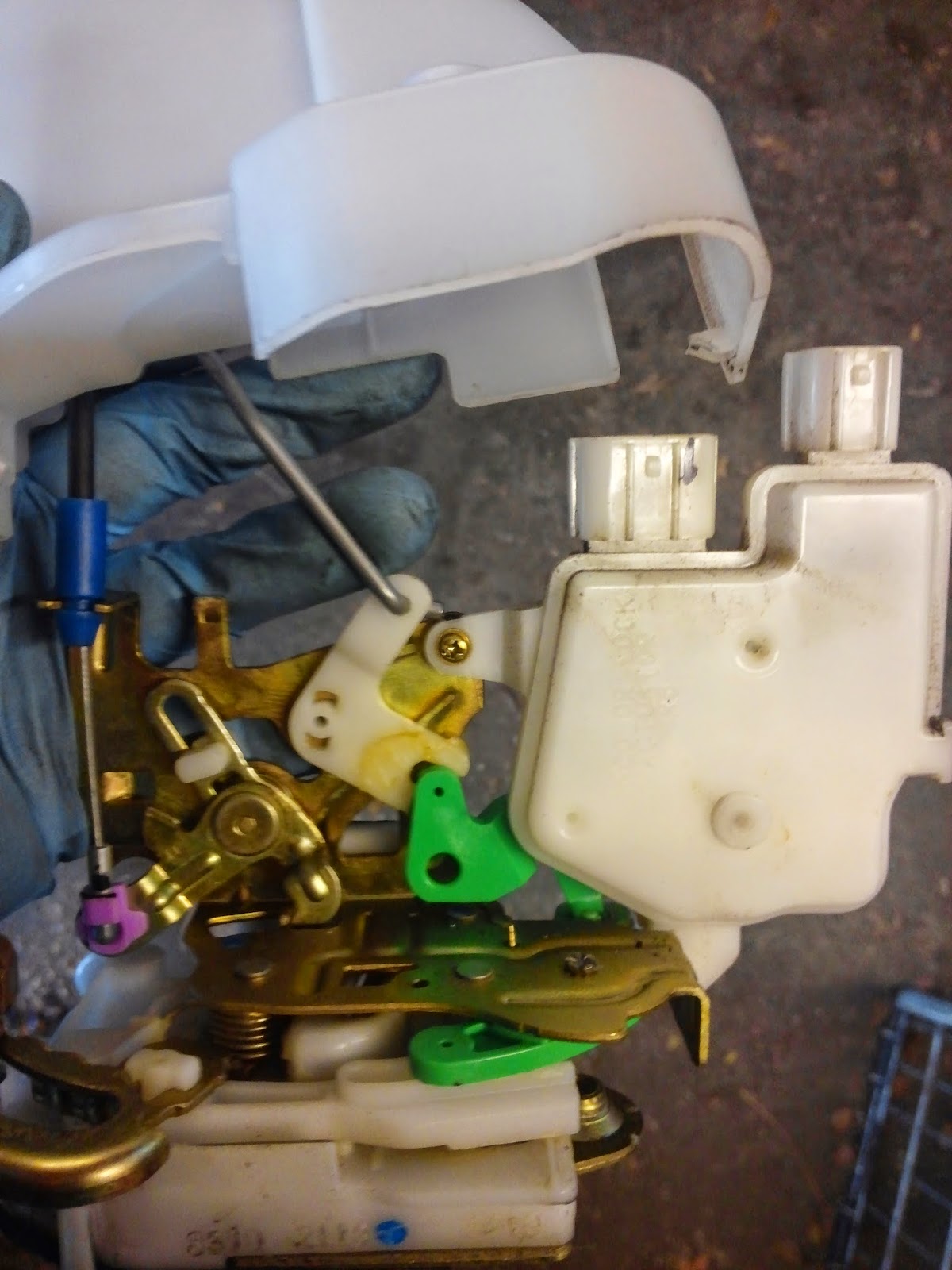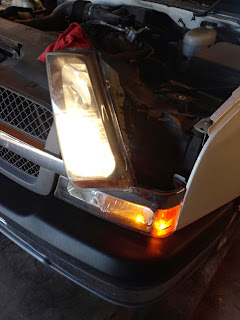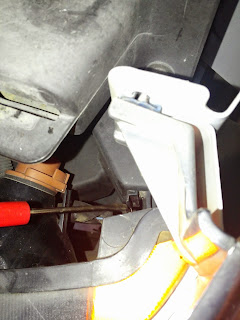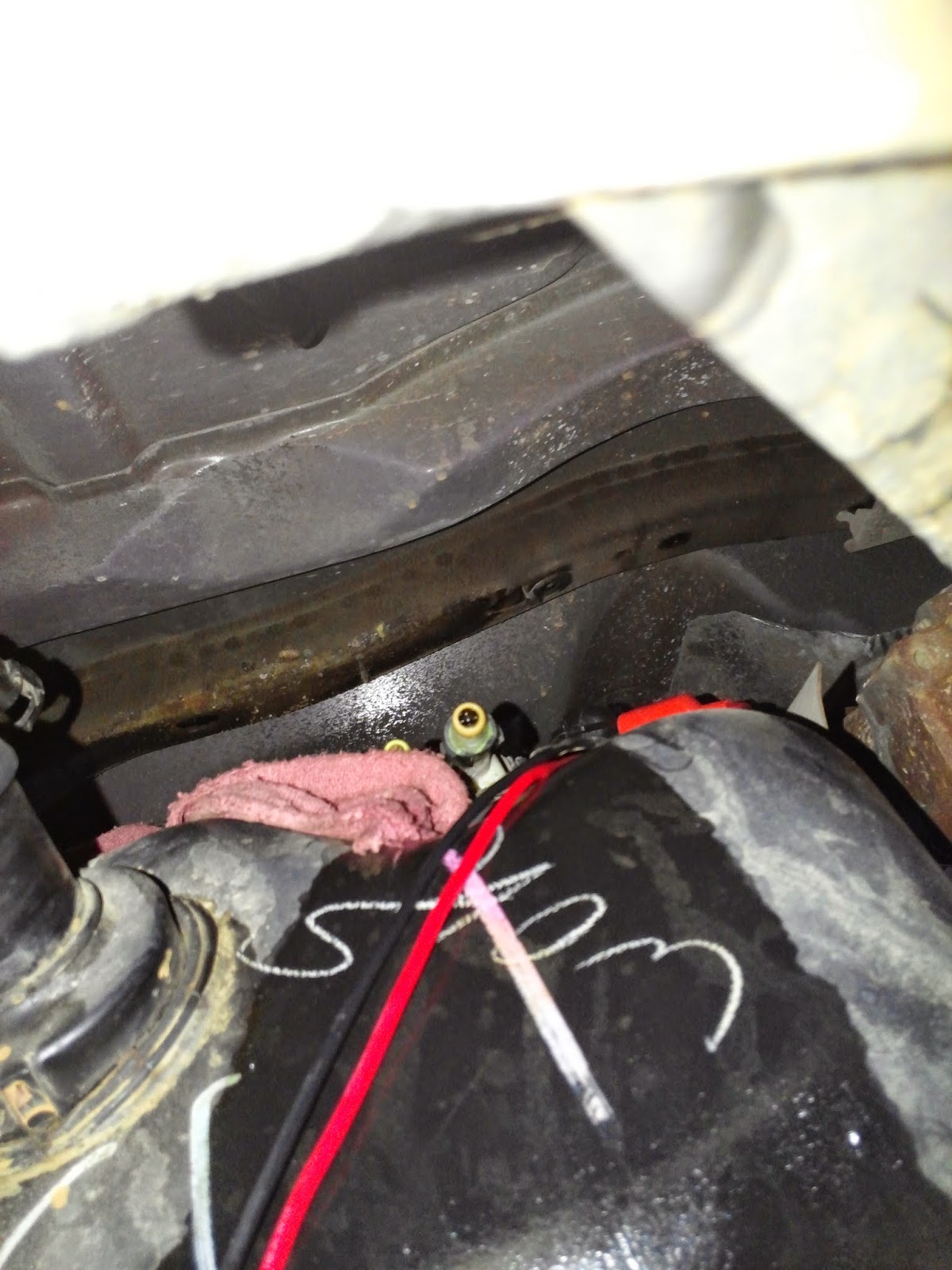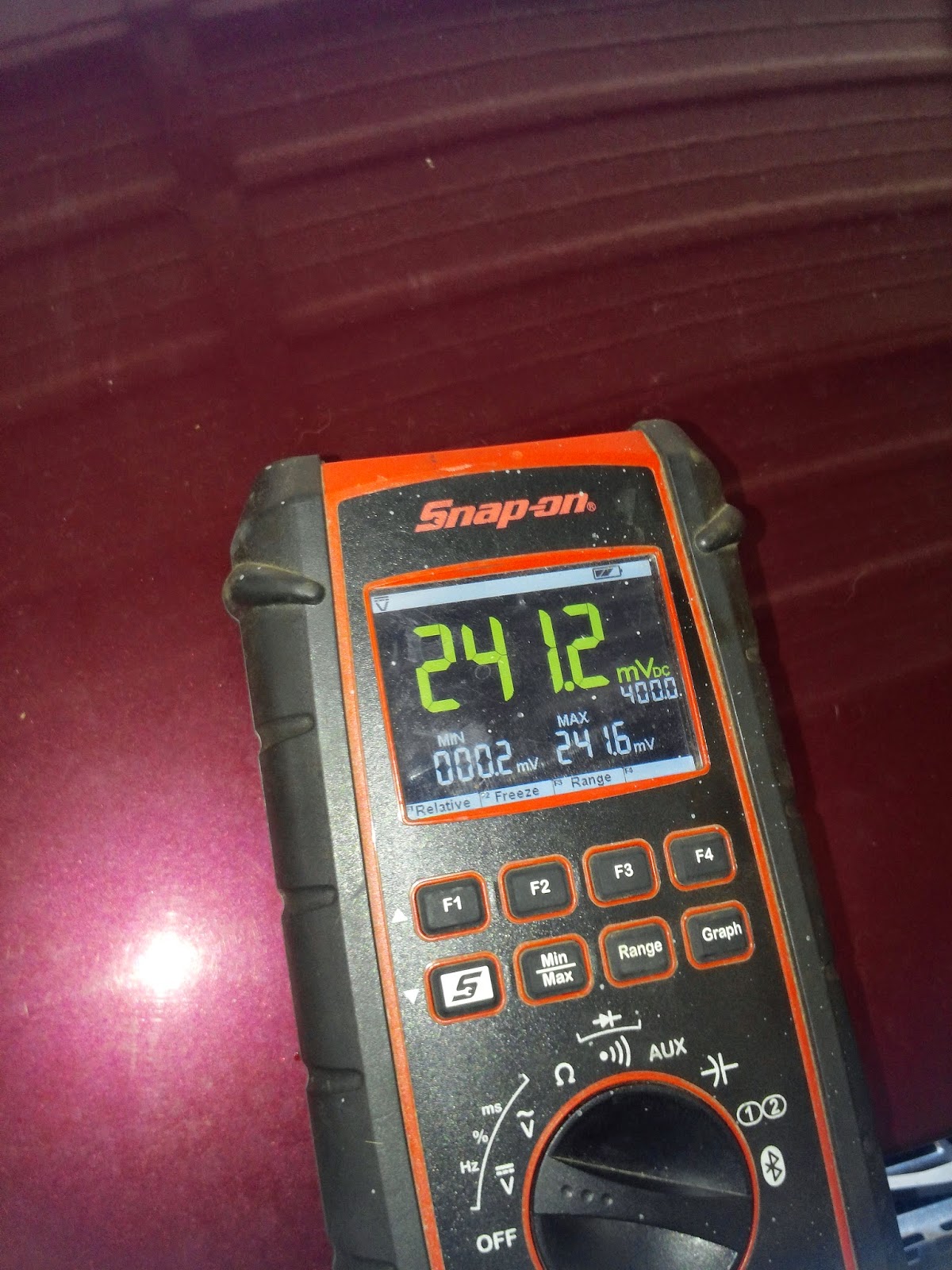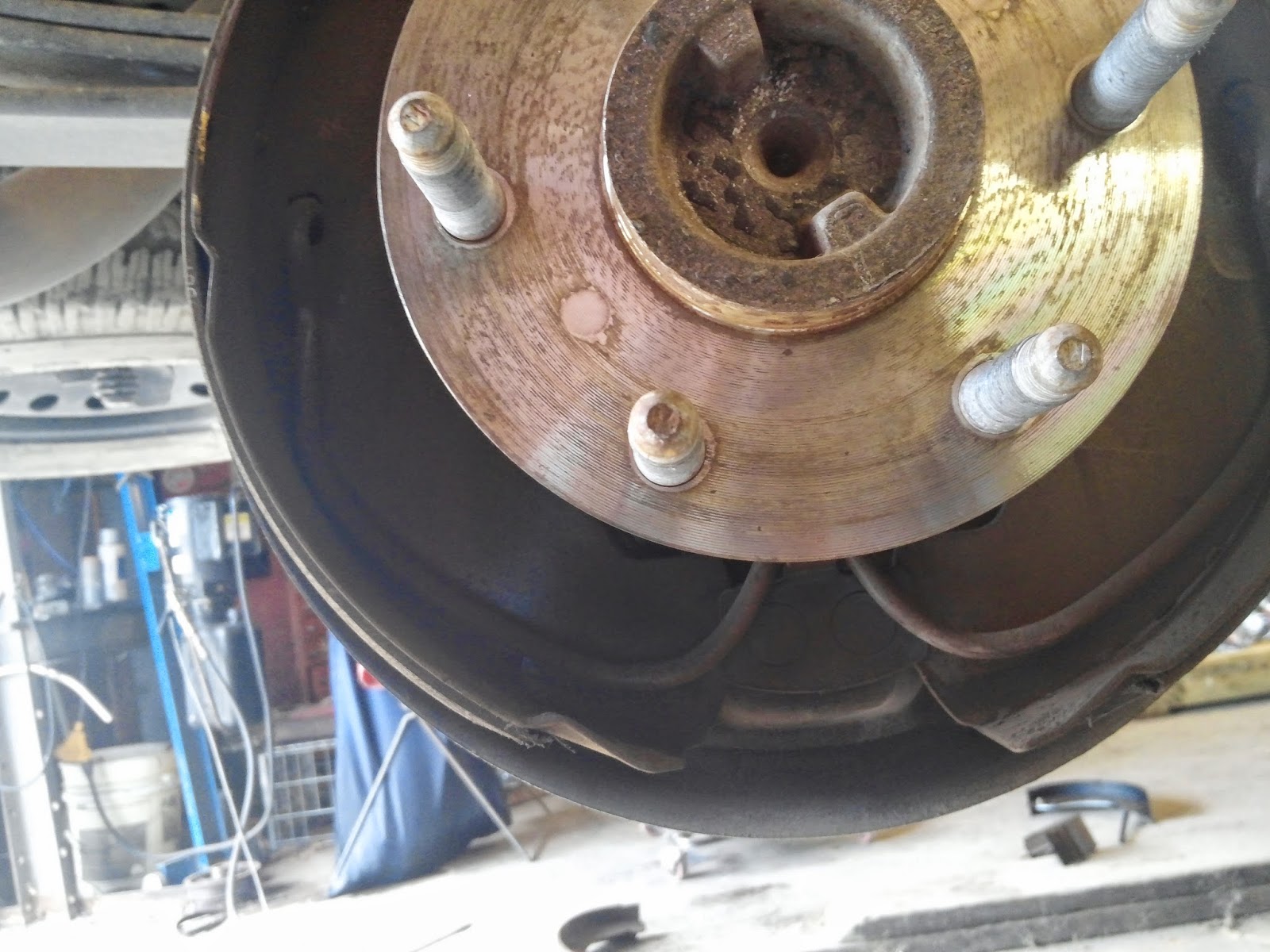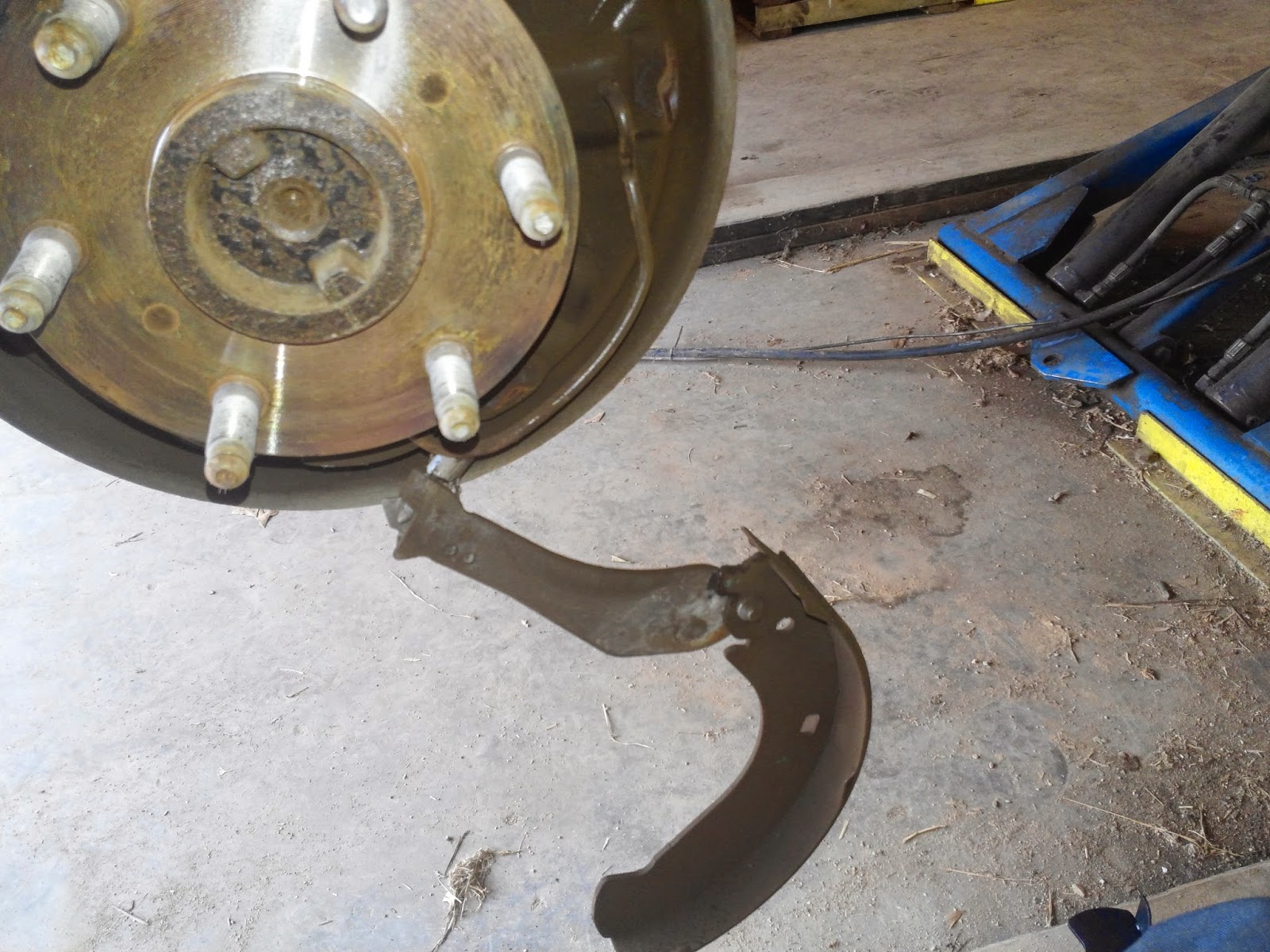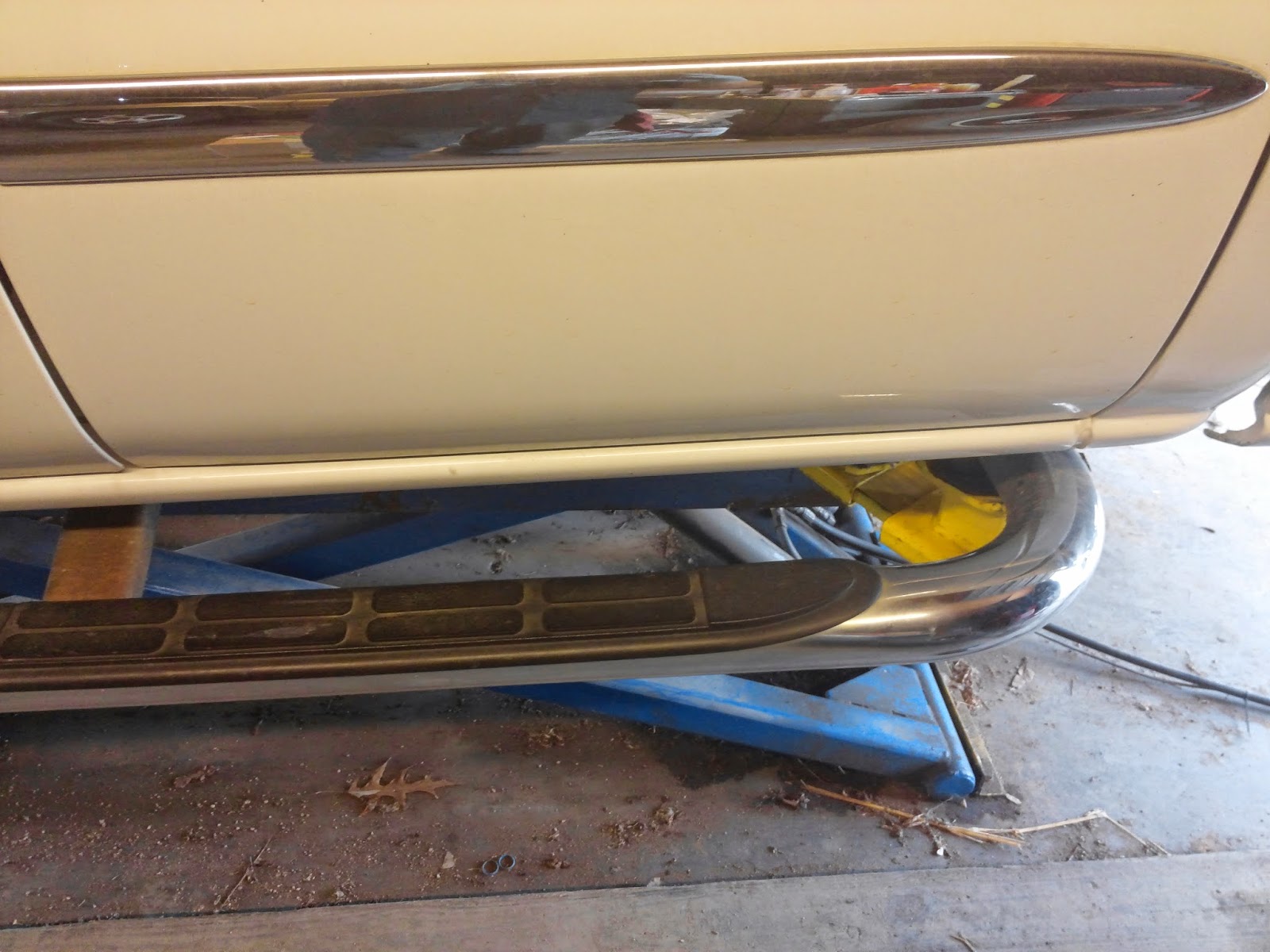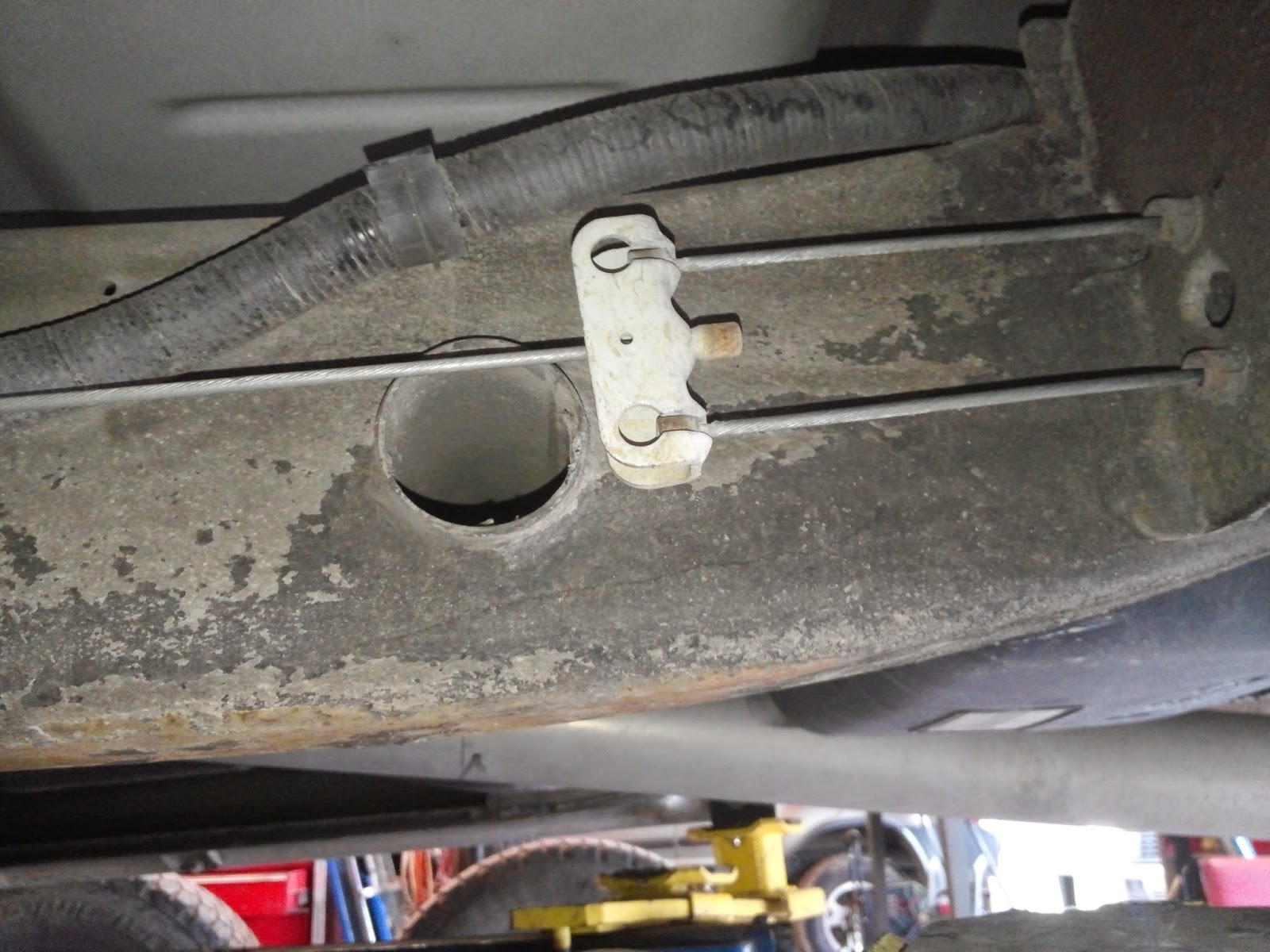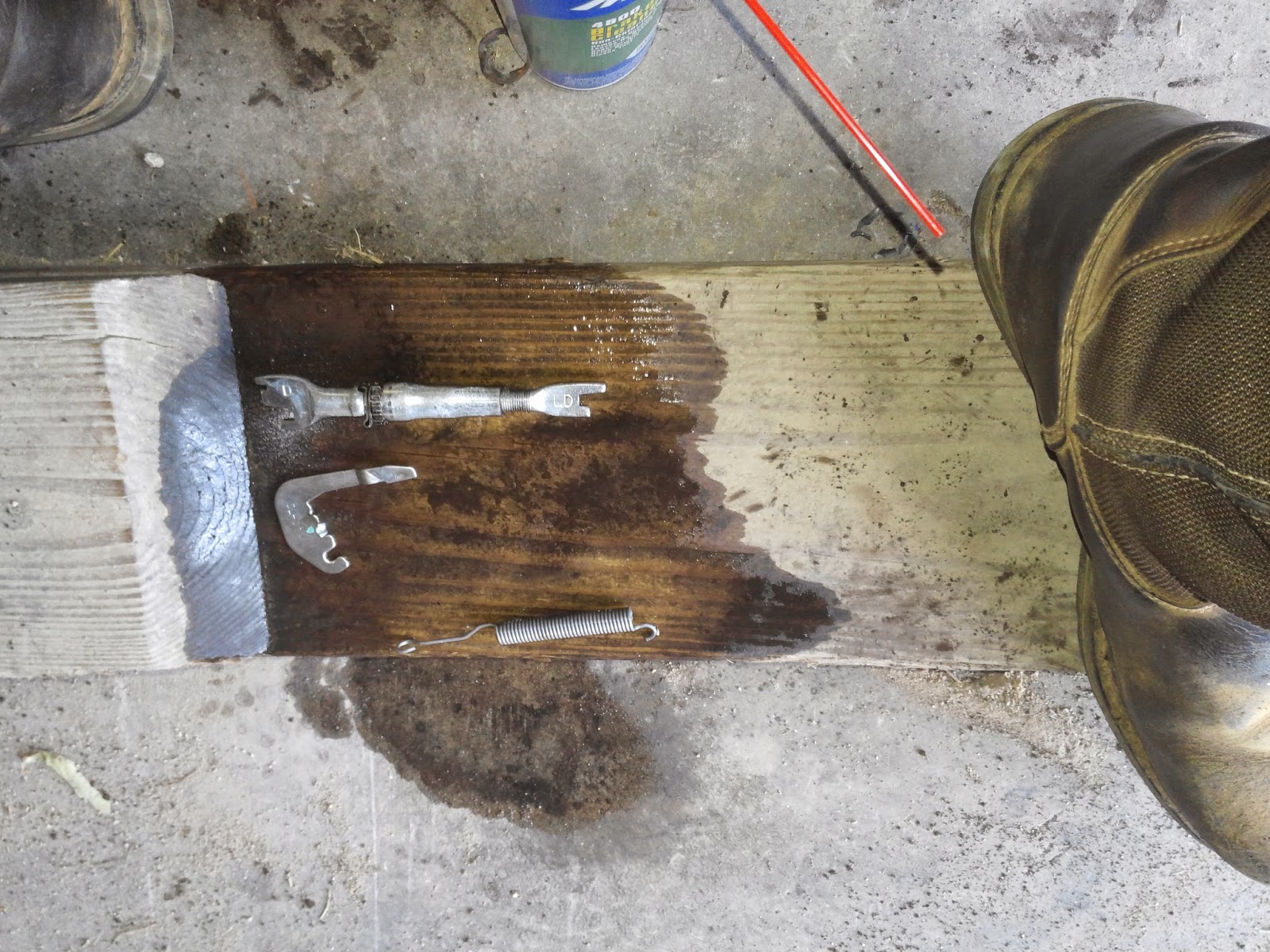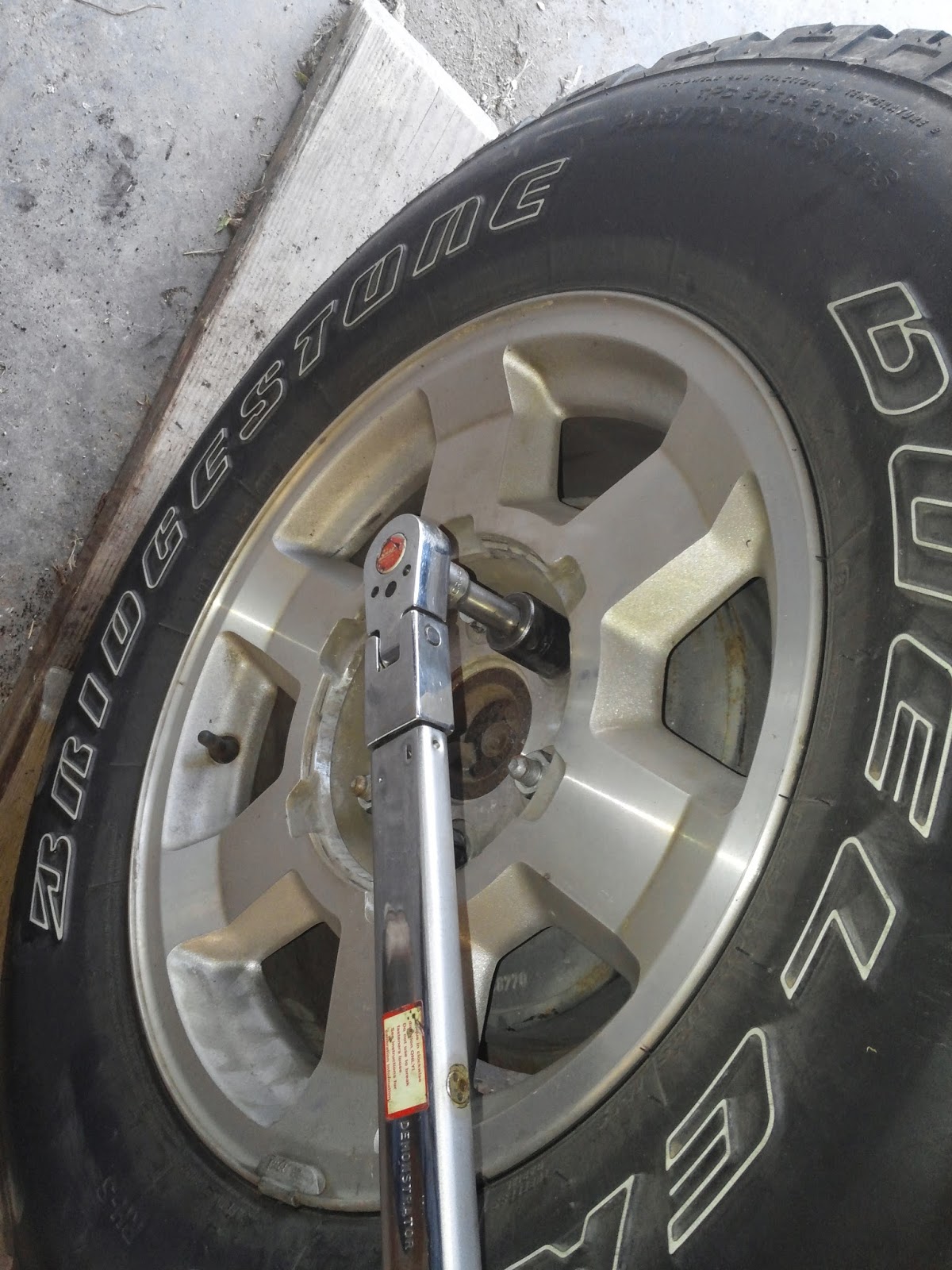(***This is not a picture of the actual vehicle we worked on. This is a picture of a similar vehicle, a 2004 Acura TSX. This picture is found at: http://images.dealerrevs.com/pictures/64200518.jpg.)
We had a 2004 Acura TSX with a 2.4 engine come into the shop with a customer complaint of inoperative door locks. We were told the vehicle had been purchased from the original owner. The original owner said the door locks all stopped working at the same time.
The customer had already had a couple of parts replaced on the vehicle to try and solve the problem, but the original complaint persisted.
First, we confirmed the customer complaint. We discovered that the LF (i.e. driver's front door) door lock worked properly. It would lock and unlock both with the key in the door and with the switch. (The customer had told us the remote had not worked in a long time, so it was not part of the equation.)
We also noticed the LR (i.e. driver's rear door) would lock intermittently, but would never unlock. We pulled the wiring diagram and tested through the schematic. The fuses all checked good and the circuits were working properly. When we would operate the locks, you could feel the door locks trying to lock and unlock.
We concluded the culprits causing the problem were the individual door lock actuators on the LR, RF and RR doors. The LF worked perfectly.
In this article we will show you the steps to replace the RR door lock actuator. We replaced all three (LR, RF and RR), but will only show the one. The LR is identical and the RF is similar, though there are some slight differences.
In the picture below, you will see the RR door. At this point, nothing has been disassembled.
There is no particular order to follow with some of the removal process, this is just how I choose to do it. First, remove the inside door handle cover. There is a small tab that needs to be depressed and then the cover will pull out. I used a pocket screwdriver to depress the tab.
Next, remove the two fasteners (screws) behind the cover.
Next, I removed the door window switch. I used a pocket screwdriver to leverage under the plastic and popped it up to remove it from the door handle.
Depress the tab to disconnect the wiring harness from the door window switch.
Next, remove the plastic cover on the door handle. Be careful as not to break the plastic tabs on the cover. Again, the pocket screwdriver was utilized to pop it off.
Once it is removed, two bolts can be seen that need to be removed. They are Phillips headed fasteners.
Here is a closer look at the bottom fastener.
Here is a closer look at the upper fastener. Remove each with a Phillips screwdriver.
Next use a tool to pop the door panel keepers away from the door.
Once the door panel is loose, the door handle cable must be detached. There is a plastic keeper that must be pushed back to allow the cable to come out of the inside door handle assembly.
Below, the cable is visible once it has been detached from the inside door handle assembly. At this point, the door panel can be removed from the door and set aside.
Here is a look at the inside of the door with the panel removed.
The plastic must be partially removed (peeled back) to access the door lock actuator assembly. First, use a tool to remove the plastic keeper at the top right corner.
Next, peel the plastic back out of the way.
With the plastic pulled back out of the way, the door lock actuator assembly can be seen. Here the two electrical connectors are visible. These must be unplugged.
Below are the two connectors unplugged from the door lock actuator assembly.
The next shot is a bit tough, but inside the door, there is a rod that must be disconnected from the door lock actuator assembly. It is the outer door handle rod. Like the one before (i.e. the inside door handle cable) there is a plastic keeper that must be pushed back to allow the rod to be removed from the assembly. This keeper was brown and is visible in the picture below.
Once the outer door handle rod has been disconnected, the three fasteners (again Phillips) must be removed. These three fasteners are the main ones holding the door lock actuator in place. Be careful! These can be tough to get out and you do not want to strip the heads. If you do, you will have to pull out the drill!
Once the three fasteners have been removed, pop the inside door handle cable keeper off the door.
The door lock actuator assembly will now drop down and pull out of the door.
To remove the actuator itself from the assembly, remove the screw holding the plastic cover.
There are a couple of tabs to depress to allow the plastic cover to be pulled back out of the way, so that the door lock actuator is visible.
Remove the screw holding the actuator in place and gently lift the actuator away from the assembly.
To reassemble, just reverse the preceding steps. Once everything is reassembled and the wiring harnesses and door cables and rods are reattached, always test their operation before finishing the job. Make sure the door locks work properly, both locking and unlocking. Make sure the outer and inner door handles will open the door. Make sure the window switch operates the window up and down.
Make sure to leave a clean work area. Use cleaner if necessary to clean the door panel, window and outside of the door.
Once we were done, we tested everything and all was a go. The door locks on all doors now worked properly and normally.
With that, we shipped the vehicle. Another job done.


